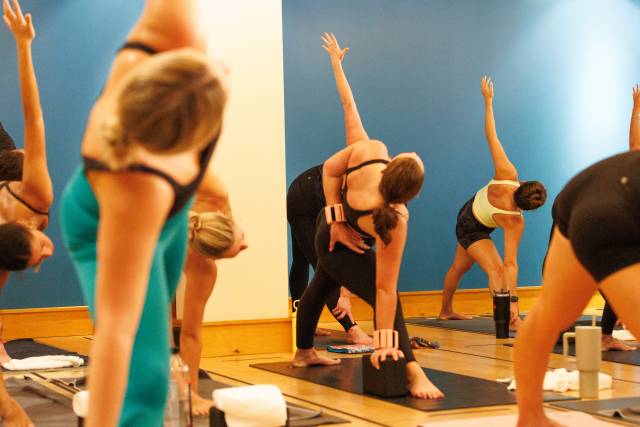What is Pratipaksha Bhavana? In today’s world, finding inner peace and positive energy can really feel like an uphill battle. That’s where I’ve found pratipaksha bhavana a real benefit. This ancient mindfulness technique has been gaining attention for its ability to transform negative thoughts into positive ones. I’ve found it to be a powerful tool to cultivate mental clarity, positivity, and emotional balance in my own life.
The Mind-Body Connection
I’ve found that pratipaksha bhavana has a powerful influence on the mind-body connection. Our thoughts are closely linked to our breath and emotional state. When negative thoughts take over, they can cause physical changes like rapid, shallow breathing and increased heart rate. This is where the practice of pratipaksha bhavana comes in handy. Instead of spiraling into negativity, we can intercept these thoughts early on. By cultivating positive thoughts, we can influence our physical state too. For example, replacing hatred with love or fear with courage can help restore calm breathing and reduce stress. It’s important to remember that this is a lifelong practice requiring patience and effort. But with time, pratipaksha bhavana can lead to greater inner peace and positive energy.
Meditation Practices
I’ve found that incorporating pratipaksha bhavana into meditation practices can be a game-changer for cultivating inner peace and positive energy. This technique involves consciously replacing negative thoughts with positive ones during meditation. To begin, I sit comfortably, close my eyes, and focus on my breath. As I breathe deeply, I allow any negative thoughts to surface without judgment. Then, I gently shift my focus to cultivate the opposite thought or emotion. For example, if I’m feeling anxious, I might visualize a calm, peaceful scene. This mindfulness practice helps retrain the mind to think more positively over time. I’ve noticed that regular practice of pratipaksha bhavana during meditation has improved my overall mood and reduced stress in my daily life.
Applying Pratipaksha Bhavana to Relationships
I’ve found this practice can have a powerful impact on our relationships. When faced with negative thoughts about someone, we can consciously choose to cultivate the opposite. For instance, if I’m feeling annoyed with a coworker, I try to focus on their positive qualities or consider reasons behind their behavior. This shift in perspective often leads to more compassion and understanding.
In one inspiring example, someone practiced visualizing a difficult person as holy, adorned with garlands, and sent them prayers daily. Over time, their relationship transformed into a friendship. This shows the potential of pratipaksha bhavana to create positive energy and inner peace in our interactions.
By consistently applying this mindfulness technique, we can gradually change the dynamics of challenging relationships, fostering more harmonious connections.
Measuring Progress in Pratipaksha Bhavana Practice
I’ve found that tracking my progress in pratipaksha bhavana is crucial to cultivating inner peace and positive energy. By keeping a mood journal, I can identify patterns in my thoughts and emotions. This helps me understand when and why negative thoughts arise, making it easier to apply the practice. I’ve noticed that consistently replacing harmful thoughts with positive ones has improved my overall mental clarity. It’s important to be patient and honest with yourself during this process. Over time, I’ve seen a decrease in the frequency of negative thoughts and an increase in my ability to cultivate mindfulness. Remember, progress isn’t always linear, but small steps lead to significant changes in the long run.
To sum up, let me just say that my journey of practicing pratipaksha bhavana is ongoing and is helping me understand the importance of patience. By tracking my progress and consistently applying this technique, we can gradually improve our mental clarity and emotional balance. Remember, small steps in cultivating positive thoughts can lead to significant changes over time, helping each of us navigate life’s challenges.







